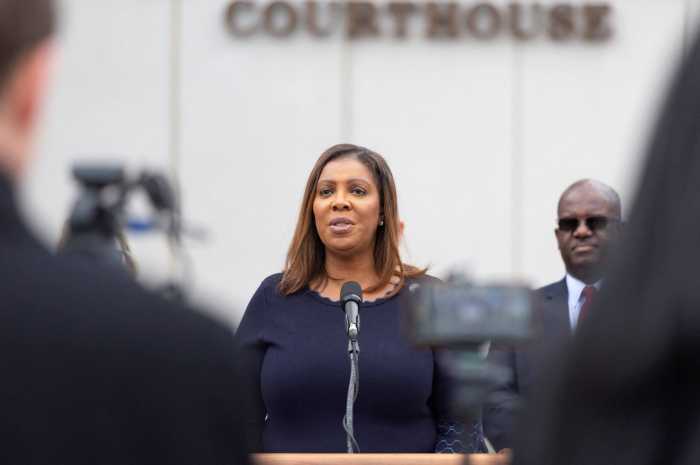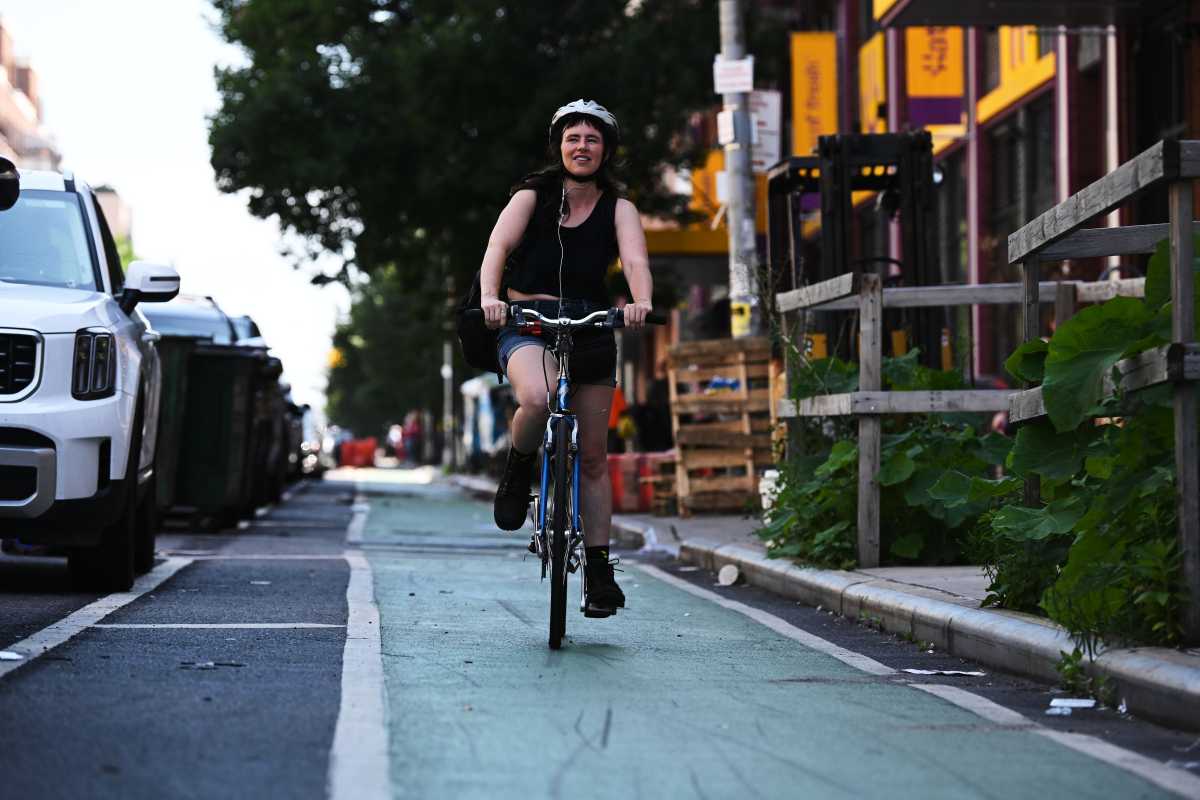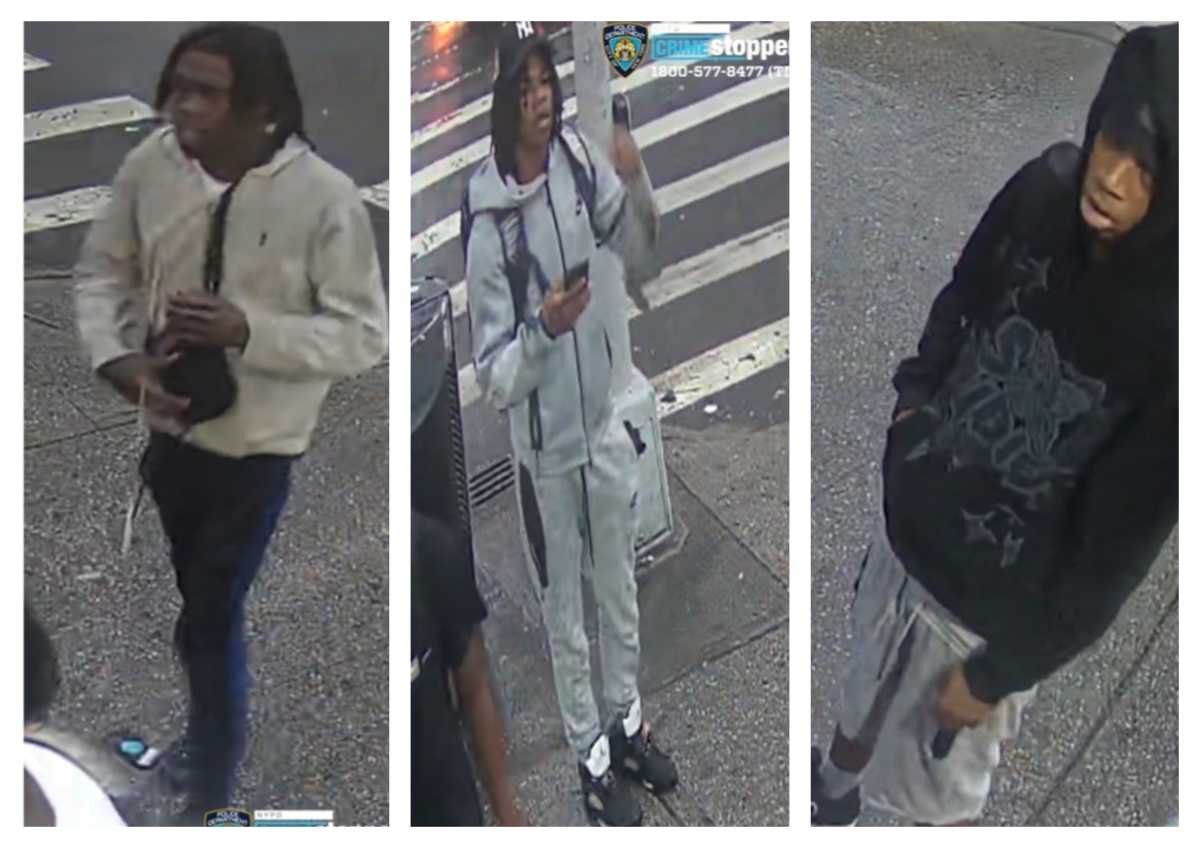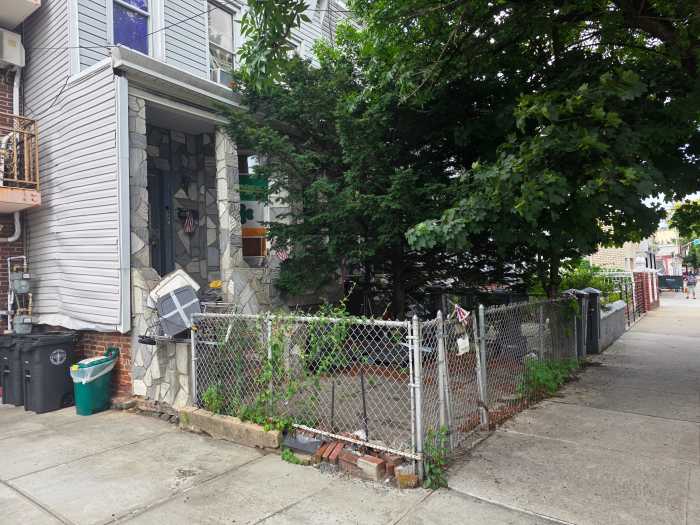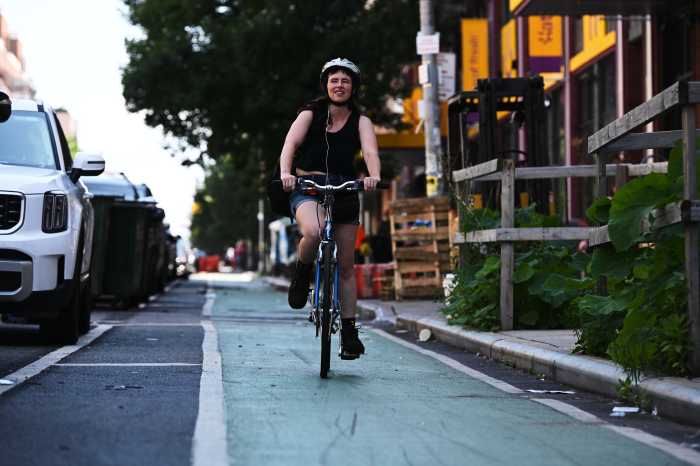The City Council on Wednesday passed a measure aimed at compelling districts that have traditionally built little housing to contribute their “fair share” amid the city’s ongoing housing crisis.
The so-called “Fair Housing Framework” legislation — Intro. 1031 — passed the council unanimously during its Wednesday afternoon Stated Meeting. The bill would direct city agencies to create five-year housing production targets for every one of the Big Apple’s 60 community districts including for affordable, senior and supportive housing.
The bill, however, lacks enforcement mechanisms so it is unclear how effective it will be. Therefore, the city would need assistance from the state to mandate housing growth.
During a press conference preceding Wednesday’s vote, Council Speaker Adrienne Adams — the bill’s prime sponsor — said many of the city’s most affluent neighborhoods have for too long avoided building new housing. The bill, she said, would compel those areas to do their part in addressing the city’s ongoing housing shortage.
“We need every neighborhood to do its fair share to confront our city’s housing crisis,” the speaker said. “In essence, this legislation can be an important tool of transparency and accountability to help us address the housing crisis and obligations of each community district.”
Mayor Eric Adams is supportive of the legislation and will not veto it, which means it will become law, City Hall spokesperson Charles Lutvak said in a statement.
“Mayor Adams has been clear since day one that every neighborhood must be a part of addressing New York City’s severe housing shortage,” he said. “We thank Speaker Adams for her partnership and applaud the City Council for making fair housing a priority.”
The legislation, which was introduced in May after being unveiled in December, requires the city’s Dept. of Housing Preservation and Development (HPD) and the Dept. of City Planning (DCP) to draft fair housing plans every five years, and report on the progress being made toward those targets each year. It also calls for preserving already existing affordable housing, staving off displacement of longtime residents and investing in neighborhoods that have borne the bulk of new housing development in recent years, such as Council District 17 in the South Bronx.
The first reports are due in October 2025.
“My district has probably built the most affordable housing units over the last 10 years,” said Council Member Rafael Salamanca Jr., who represents District 17 and chairs the council’s Land Use Committee.
“But the South Bronx cannot solve the city’s housing [affordability] crisis alone,” he continued. “And it has become an unfair practice to disproportionately place the burden of doing this in my district … and low-income communities.”
The council approved the measure as the five boroughs have produced only 200,000 new housing units over the past 10 years, according to the speaker, as the city has grown by 630,000 residents. Rents have skyrocketed, with more than half of New Yorkers spending over 30% of their income on housing.
The way housing currently gets developed hurts low-income communities of color, according to Association for Neighborhood and Housing Development (ANHD) Executive Director Barika Williams.
“We all know what the status quo approach really gets us,” Williams said. “It reinforces long standing patterns of racial and economic inequality, of disparity in where things get developed, how they get developed, and what gets developed.”
However, while the legislation would set housing production benchmarks, it does not contain mandates — so the city would be leaving it to individual community districts to meet the targets on their own volition instead of forcing them to do so. The lack of such an enforcement measure could make it difficult for the legislation to achieve its intended goals.
When asked about the lack of enforcement tools, the speaker emphasized the legislation aims to bring community stakeholders into the planning process, which she said has traditionally not been the case. Inviting communities to take a bigger role in the shaping of projects, she said, will ultimately lead to them hitting their targets.
“Information traditionally has been brought to the community on a plate, and [they] say ‘here is this meal,’ where the community has not had any input as far as the ingredients on that plate,” she said. “So, what this legislation aims to do is give our communities an opportunity to participate in creating that meal. That’s something that has not been done before.”
Another open question about the measure is how it will jive with the mayor’s “City of Yes for Housing Opportunity,” a zoning text amendment he introduced in September to build “a little more housing in every neighborhood.”
While the speaker said she would like her legislation to work in concert with the mayor’s proposal, she said it contains hurdles that must be overcome in regard to the level of community input with each project.
“Communities are not monolithic, every community has its own characteristics, its own style, its own way of acting and reacting,” she said. “The key to all of this is going to be communicating, understanding what it is that the proposal means, understanding what the proposal aims to create in the districts. And again, listening to the input of the community is going to be vital to any of this being successful be it this legislation or the mayor’s proposal.”




